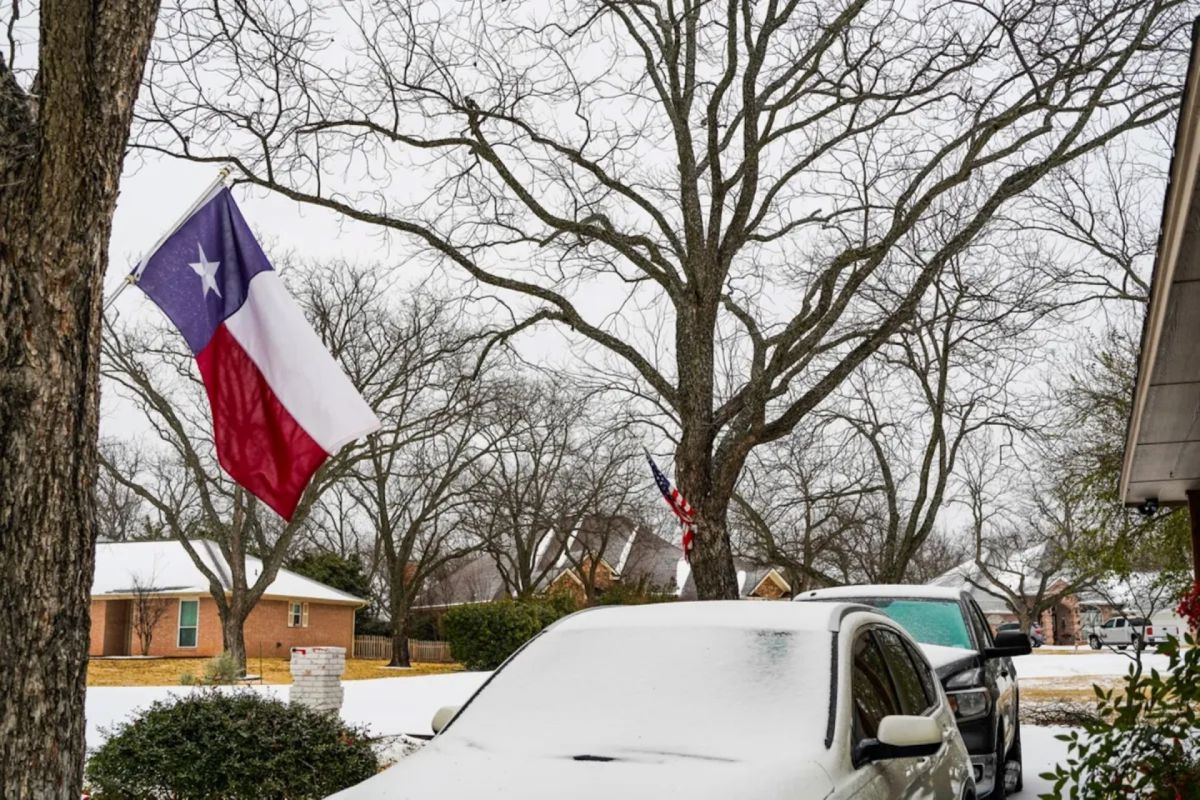ERCOT, Texas' electric grid operator, successfully supported residents through last week's Winter Storm Heather, learning from its failures during a 2021 winter storm that caused major problems in the state that left many without power and heat.
Winter Storm Heather hit the southern U.S. last week, leading Texas to declare a state of emergency on Sunday. Although Heather caused travel disruptions and school closures across the state, its impact was nowhere near as disastrous as Winter Storm Uri in 2021 or 2022's Elliott.
According to the Texas Comptroller, ERCOT was forced to implement controlled blackouts throughout the state during Uri because power generation could not meet emergency levels of demand, with failures across virtually all sources of power, with the biggest problem attributed to frozen natural gas pipelines. As a result, The Washington Post reported that millions of homes and businesses were left without power, and nearly 250 people died.
Since Uri, ERCOT and other Texas-based entities have implemented measures to avoid a repeat of such catastrophic events.
The state's power system has undergone crucial updates to enhance resilience against extreme weather events, given Texas' vulnerability to weather-related outages. It is thanks to these investments that Texas was able to survive Heather's arctic blast, along with calls for residents to conserve power where possible to lessen demand on the grid.
A significant change to Texas' power supply involves battery-powered backup energy systems.
In May 2022, NBC 5 Dallas-Fort Worth reported that the state's largest battery energy storage facility went live. The facility contains enough individual battery modules to power about 130,000 Texas homes during normal grid conditions and has proved itself to be effective during extreme conditions.
Last year, the new battery system provided Texans with more electricity in emergency mode than ever before during the state's hottest summer, according to The Texas Tribune.
Natural gas pipelines also survived the cold this time around, allowing that fuel source to continue providing energy and heat, with solid support from wind power, per The New York Times. During some heat waves it has been the opposite, with wind proving to be a more critical power source in recent years.
Texas has invested in renewable energy sources like solar power and wind energy to strengthen its power grid. According to The Post, Texas has tripled its solar power production since 2020, with the capacity to power 16.5 million houses when the sun is out. Additionally, the Texas Comptroller reported that as of May 2022, Texas possessed more than a quarter of all wind-sourced electricity in the United States.
The takeaway seems to be that especially to work through extreme cold and heat events and even more so as states transition gradually to cleaner energy sources, maintaining a diversity of power sources is important so there is not too much reliance on any one method or system.
"While some experts say natural gas acts as insurance for renewables, others point out that solar and wind offer their own role in reducing the amount of gas needed to power through brutal weather," wrote Dionne Searcey in the Times article. "Last summer, for instance, wind and solar energy propped up Texas during an intense heat wave."
In addition to its investments in renewable energy, Texas is also committed to keeping residents safe. To prepare for Heather, the city of Austin offered cold weather shelters and warming centers to residents, as well as permits for emergency property repairs.
ERCOT issued a statement after the worst of the storm to celebrate the improved results and thank Texans for trying to conserve power when it was safe to do so.
"Thank you to Texas residents and businesses," ERCOT said in the statement. "Your conservation efforts, along with additional grid reliability tools, helped us get through record-breaking peak times [during the storm]."
Join our free newsletter for cool news and actionable info that makes it easy to help yourself while helping the planet.









